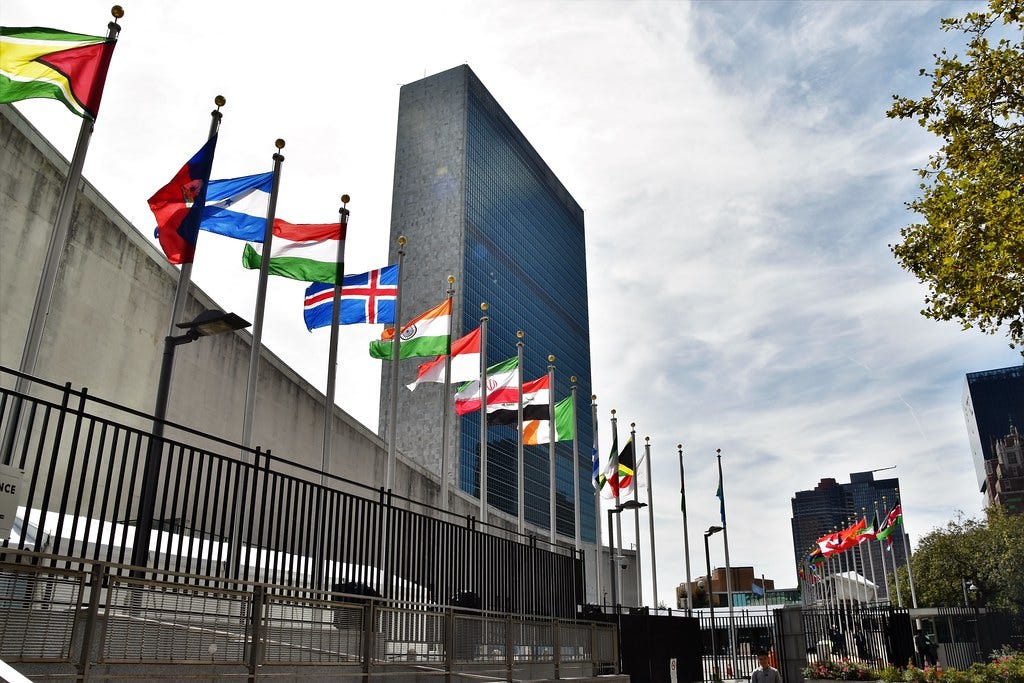Security Briefing: August 2025
A Review of Global Events Across August
Dear readers,
I hope you had a restful Labor Day weekend! Earlier this summer, I announced that I would be providing a series of monthly security briefings for paid subscribers. This post contains my security briefing covering the events of August. This series is intended to provide a broad overview of the challenges facing the United States across the world and is divided into sections covering geographic areas and, in some cases, specific industries or policy areas. If you’d like to get a sense of the challenges facing the country, join as a paid subscriber and let me know what you think in the comments below.
Russia, Ukraine, and Europe
Two major summits were held during the month of August on the topic of the Russia-Ukraine war. The first, a bilateral summit with Vladimir Putin in Alaska, came after the passage of Trump’s deadline for Russia to implement a ceasefire. Instead of levying punitive measures against Russia and following through with threats of sanctions and tariffs, the Trump administration was quick to extend an offer for a bilateral meeting to discuss a potential peace in Ukraine. The Alaska summit did little to advance the prospective Ukrainian peace process. The United States organized the meeting without consulting Ukraine or our allies in Europe. To make matters worse, Witkoff allegedly misreported the initial terms put forth by the Russian government for a meeting. From all available information, the meeting between Putin and Trump did not result in a sense of alignment over the terms of a potential peace process. The Russian delegation’s premature exit suggests that even the pursuit of secondary objectives by both diplomatic teams seemed out of the question at the time. As highlighted in my substack piece covering the summit, this event can be seen as a major PR victory for Russia - the physical presence of Vladimir Putin on American soil after over three years of war (Putin cannot travel to most European countries due to an open ICC warrant) and willingness of the Trump administration to take Russia’s offers for negotiation at face value all legitimize Moscow’s efforts to frame itself as a party willing to negotiate an end to the conflict.
A second summit, held days later, was between Trump, Zelenskyy, a collection of European leaders, and the heads of NATO and the EU. Compared to the earlier disastrous Oval Office meeting between Trump and Zelenskyy in February, Trump appeared less combative when working within this multilateral format. After leaving Ukraine and our European allies in the dark in the lead-up to the Alaska Summit, this meeting could be seen as a sign of solidarity within the alliance and reassurance to America’s partners regarding our foreign policy priorities. However, it should be noted that even with all the visual displays of unity and solidarity, the Trump administration continues to take an antagonistic approach towards Europe. This includes framing Europe’s support for Ukraine and unwillingness to capitulate to Russian interests as being a sabotage of the peace process. This concept is one of several major talking points pushed by the Russian government, suggesting a strange alignment between the perspectives of the Trump administration and Russia on the topic of Europe’s involvement in the war. Nonetheless, the expansion of arms procurement in Europe and the increase in attention towards theaters like the North Sea suggest that European NATO members are redeveloping capabilities in preparation for potential great-power conflict in the near future.
Keep reading with a 7-day free trial
Subscribe to Why It Matters to keep reading this post and get 7 days of free access to the full post archives.


